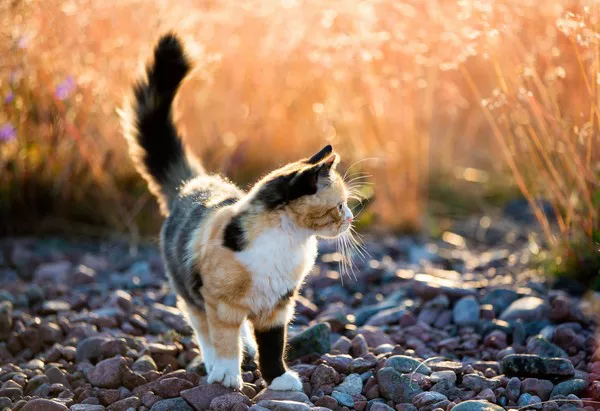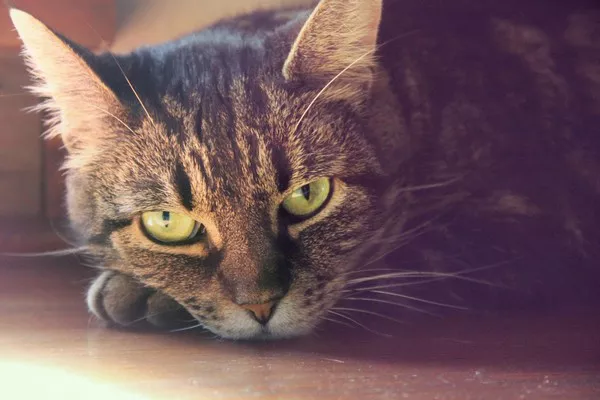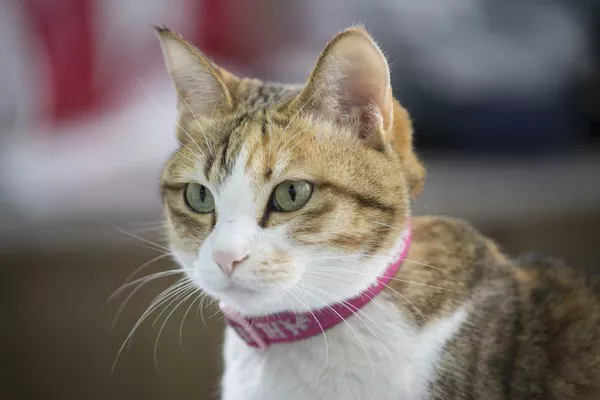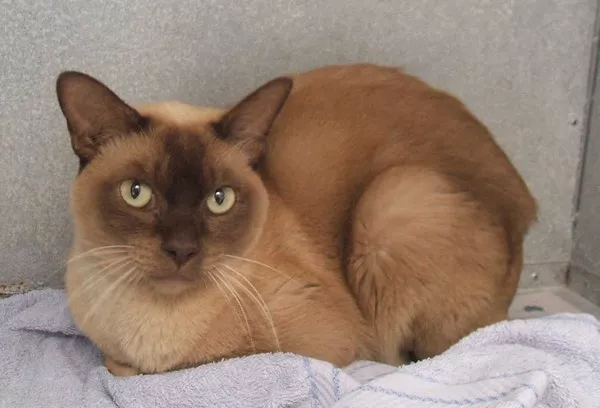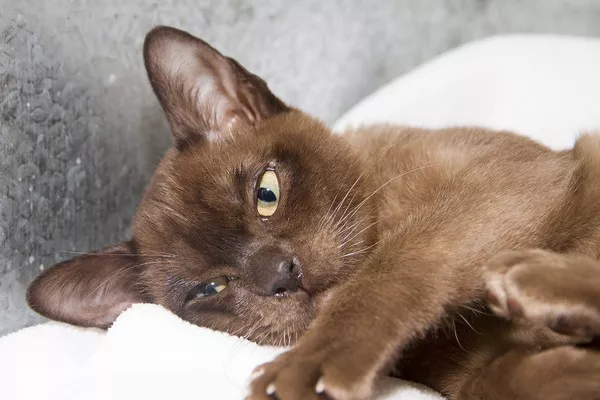Calico cats, known for their striking and distinctive coat patterns, are often a beloved pet in many households. While their unique appearance captures the heart of many cat enthusiasts, some owners might notice a peculiar behavior: their calico cat meowing at night. Understanding why calico cats exhibit this nocturnal vocalization involves exploring various aspects, from their genetic makeup and health conditions to environmental factors and behavioral traits. This article aims to provide an in-depth analysis of why calico cats meow at night, offering insights into their behavior and tips for managing it.
Understanding Calico Cats
What Makes a Cat Calico?
Calico cats are not a specific breed but rather a color pattern. The term “calico” refers to cats with a tri-color coat consisting of white, black, and orange (or cream and grey in diluted versions). This pattern results from a genetic anomaly that primarily affects female cats due to its link to the X chromosome. In rare cases, male calico cats can exist but are typically sterile due to the presence of an extra X chromosome (XXY).
Behavioral Traits of Calico Cats
While calico cats do not belong to a specific breed, some owners and breeders believe that they exhibit unique behavioral traits. These cats are often described as independent, assertive, and sometimes more vocal than others. However, these traits can vary significantly as they are more influenced by the individual cat’s personality and breed characteristics.
Reasons for Nighttime Meowing
Genetic and Breed Influences
Certain cat breeds are naturally more vocal, and if a calico cat belongs to or shares traits with these breeds, it may be more prone to nighttime meowing. Breeds like Siamese, Oriental Shorthairs, and Maine Coons are known for their vocal tendencies. Understanding the breed background of a calico cat can provide insights into its behavior.
The genetics that contribute to a calico cat’s coat color do not inherently influence its vocal behavior. However, the breeds contributing to the calico pattern can carry genetic predispositions for vocalization, which may explain why some calico cats meow more frequently, including at night.
Health and Medical Conditions
Cats often vocalize to communicate discomfort or pain. If a calico cat starts meowing excessively at night, it could indicate an underlying health issue such as arthritis, dental problems, or gastrointestinal distress. Nighttime meowing can be a way for the cat to seek attention and relief from its discomfort.
Older calico cats may suffer from Cognitive Dysfunction Syndrome (CDS), similar to dementia in humans. This condition can lead to confusion, disorientation, and increased vocalization, particularly at night when the environment is quieter and darker.
Hyperthyroidism, a common condition in older cats, can cause increased vocalization due to heightened metabolism and associated anxiety or discomfort. If a calico cat exhibits other symptoms such as weight loss, increased appetite, or hyperactivity, a veterinary check-up is recommended.
See Also: Why Do Norwegian Forest Cats Chirp?
Environmental Factors
Cats are creatures of habit, and any changes in their routine or environment can cause stress and anxiety, leading to increased vocalization. Moving to a new home, the arrival of new family members or pets, or changes in the household’s daily routine can prompt nighttime meowing.
Cats are naturally nocturnal hunters, and nighttime activity outside, such as other animals, can trigger a calico cat’s hunting instincts. If a cat hears or sees activity outside, it may become vocal as a response to these stimuli.
Behavioral Factors
Cats quickly learn that vocalization can attract attention. If a calico cat receives attention, food, or playtime in response to meowing at night, it may continue this behavior as a means to get what it wants. This behavior is often reinforced unintentionally by the owner’s reactions.
Cats, especially those left alone for extended periods during the day, may feel bored or lonely at night. Nighttime meowing can be a sign of a cat seeking interaction, stimulation, or companionship from its owners.
How to Manage Nighttime Meowing
Veterinary Check-Up
The first step in addressing nighttime meowing is to rule out any underlying medical conditions. A thorough veterinary examination can help identify if pain, illness, or age-related issues are causing the behavior. Treating any medical issues is crucial to alleviating discomfort and reducing vocalization.
Environmental Enrichment
Ensuring that a calico cat receives ample stimulation during the day can help reduce nighttime meowing. Interactive toys, puzzle feeders, and regular play sessions can keep the cat engaged and tire it out, promoting a more restful night.
Providing a comfortable and quiet sleeping area for the cat can encourage it to settle down at night. Soft bedding, a warm spot, and a dark, quiet room can help the cat feel secure and less likely to vocalize.
Behavioral Training
If a cat is meowing at night for attention, it is important to avoid reinforcing this behavior. Ignoring the meowing and not providing attention, food, or playtime in response can help reduce the behavior over time. Consistency is key to preventing the cat from learning that meowing will get it what it wants.
Conversely, rewarding the cat when it is quiet and calm can reinforce positive behavior. Treats, affection, or playtime given during quiet periods can encourage the cat to remain silent at night.
Consistent Routine
Cats thrive on routine, and establishing a consistent daily schedule for feeding, playtime, and bedtime can help reduce anxiety and nighttime vocalization. Keeping a regular routine can make the cat feel more secure and less likely to meow at night.
If changes in routine or environment are necessary, introducing them gradually can help the cat adjust without becoming stressed. Gradual changes allow the cat to acclimate without causing significant disruption to its sense of security.
Addressing Nighttime Stimuli
If outside activity is causing nighttime meowing, blocking visual access to windows during the night can help. Using curtains or blinds can prevent the cat from seeing outside activity that might trigger vocalization.
Using white noise machines or calming music can help mask external noises that might be disturbing the cat at night. Creating a calm auditory environment can reduce the cat’s need to vocalize in response to outside stimuli.
Conclusion
Nighttime meowing in calico cats can be attributed to a variety of factors, including genetic predispositions, health conditions, environmental changes, and behavioral traits. Understanding the underlying causes of this behavior is crucial for effectively managing and reducing it. By addressing medical issues, providing environmental enrichment, implementing behavioral training, and maintaining a consistent routine, cat owners can help their calico cats feel more secure and content, leading to quieter nights.
Ultimately, the bond between a cat and its owner plays a significant role in understanding and managing behaviors like nighttime meowing. Patience, observation, and a proactive approach to addressing the cat’s needs can foster a harmonious living environment for both the cat and its human companions.

